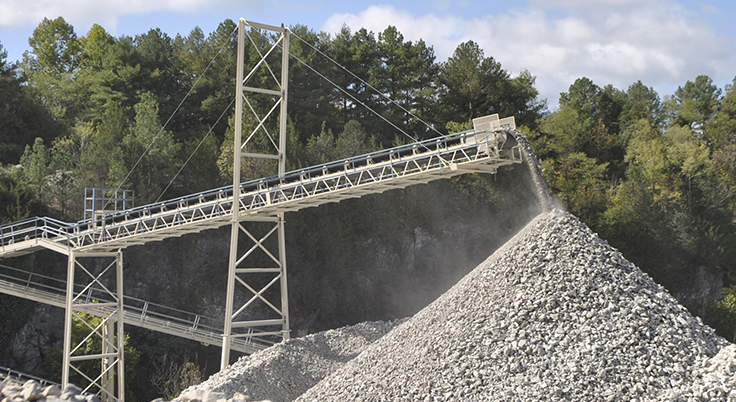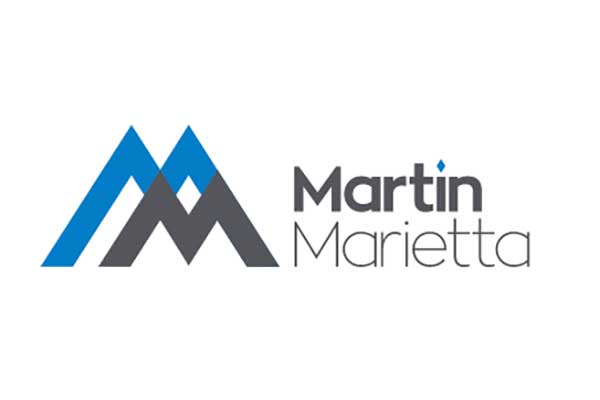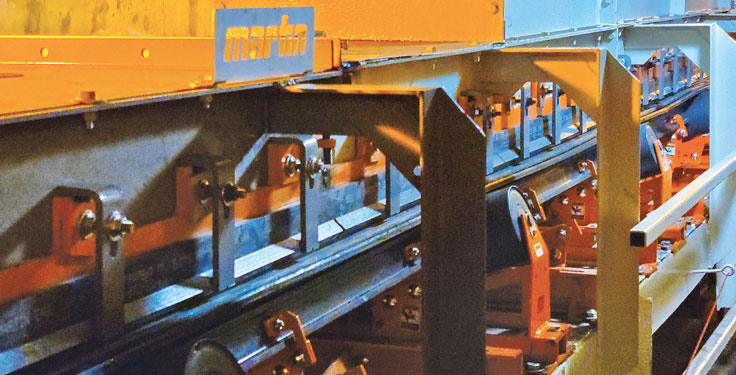


By the end of August, there is normally a clear sense for how full-year performance is going to look for both the general economy and the construction materials industry.
2023, however, is proving to be anything but normal.
The U.S. economy continues to operate under a shroud of uncertainty, with headlines sending mixed messages every day.
Standard economic indicators lead to more confusion than clarity. Interest rates and mortgage rates have reached highs not seen in at least two decades, yet residential construction is seeing an increase in demand.
Treasury yield curves continue to be inverted – that’s typically an indicator that a recession is on the horizon – but economists continue to change their forecasts for a possible downturn.
Additionally, the Federal Reserve continues to raise interest rates to combat inflation – albeit with a few pauses.
The labor market continues to be resilient. Shouldn’t there be more unemployment? What is the trajectory? Are we headed for a hard landing, a soft landing or no landing at all?
Through this haze of confusion, the construction materials sector remains strong. Despite market abnormalities, producers continue to benefit from guaranteed funding from the Infrastructure Investment & Jobs Act (IIJA) and legislative packages such as the CHIPS Act and the Inflation Reduction Act. Revenues and earnings are up due to effective price increases, while volumes have either flattened or slightly declined.
From a mergers and acquisitions (M&A) standpoint, the market uncertainty has resulted in fewer headline deals. Momentum can quickly shift, though, and lead to a stronger M&A market for construction materials in the second half of the year and into 2024.
What’s happening in residential

In theory, a rising interest rate environment should produce a decline in new residential development.
Rising rates should price homebuyers out of the market and, thus, dampen demand for residential construction. The current dynamics challenge conventional wisdom, though.
Despite mortgage rates reaching 20-year highs in August, new construction for single-family residential is on the upswing. Existing home sales have dwindled as homeowners do not want to trade in their lower-rate mortgages for higher ones. Therefore, the dearth in home supply has been exacerbated by historic underbuilding over the past decade, and homeowners unwilling to surrender their low mortgage rates.
As such, residential developers are capitalizing on the demand for new homes. Sales of newly built single-family homes have increased significantly in recent years as a total share of residential transactions, making up roughly one-third of all single-family home sales.
Holcim chairman and CEO Jan Jenisch summed up the residential market on the company’s second-quarter earnings call, noting that the U.S. doesn’t have enough inventory in residential housing and that this will be a positive trend. Craig Kesler, CFO and executive vice president of finance and administration at Eagle Materials, agrees.
“You’re starting to see some pickup in housing starts and the housing orders at the homebuilder level,” Kesler says.
Despite the recent uptick in residential construction, the National Association of Homebuilders/Wells Fargo Housing Market Index (HMI), a measure of homebuilder confidence, experienced its first dip in 2023. The HMI August reading was at 50, which still indicates a favorable outlook.











